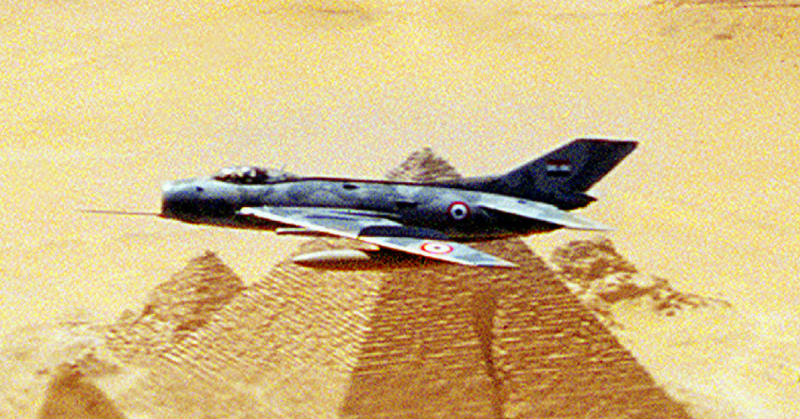In the early 1950s, as the world’s superpowers realized that a Cold War was inevitable, the United States and the Soviet Union began to compete for military technological supremacy. One aspect of this contest that is often overlooked was the effort of both sides to create the most advanced fighter plane.
The Soviet Union’s MiG series of fighters – named for the company that built them, Mikoyan-Gurevich – had been introduced in World War 2, but were soon adapted to meet the challenges of wars in Korea, and later Vietnam.
After the MiG-15 and 17 saw significant use, the Soviet Union realized that the next frontier for fighters was supersonic flight. After numerous prototypes and struggles, the MiG-19 was set to fulfill this role as the first Soviet supersonic fighter.
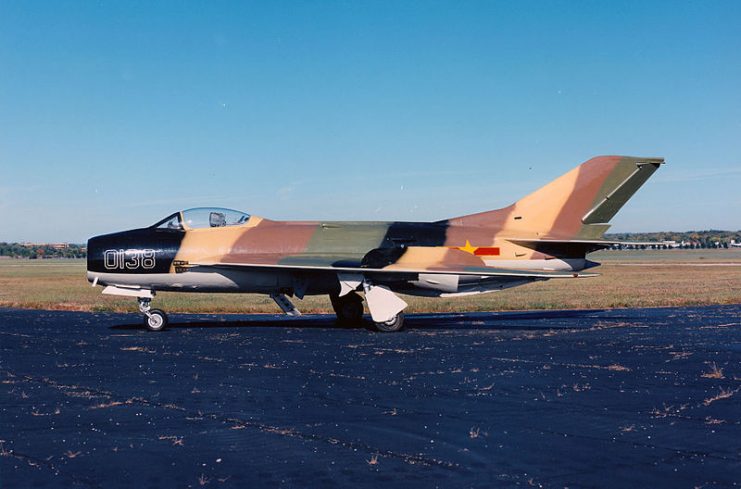
Development began with two major goals in mind: To fix many of the problems that plagued the MiG-15 and 17, and to create a supersonic fighter that could match the emerging high-speed fighters of the West. Unfortunately for the Soviets, development was difficult as many of the problems with the previous two models were also present in the 19.
This is unsurprising, as the MiG-19 used almost all of the same components as the 17, but with more powerful engines. It was essentially like putting a V8 engine in a car that already struggled with a four-cylinder. Among the most severe problems was the fact that the fuel tank could implode in mid-air once half of the fuel had been used, leading to a massive explosion that would destroy the plane.
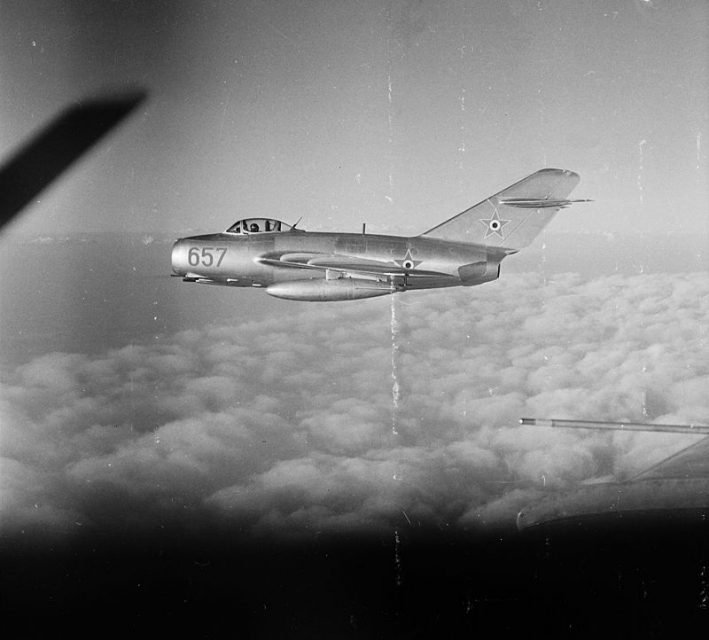
When the air-brakes were deployed at significant speeds, the plane would pitch up and exert severe g-force on the pilot. There were several other issues that plagued the model for the duration of its life, and it was difficult to even teach pilots to handle some of these dangers because the Soviets never saw fit to create a version of the plane that could hold two pilots for training purposes.
Despite this less than auspicious start, the MiG-19 was eventually approved for mass production by the Soviet government, and soon several other governments began to build them as well. The Chinese even saw fit to create a two-seat version for training purposes. Among the most significant military forces to use the planes, aside from the Soviets, were the Chinese, Czechoslovakians, North Koreans, and North Vietnamese. Eventually, over 5,500 MiG-19s and derivatives would be produced.
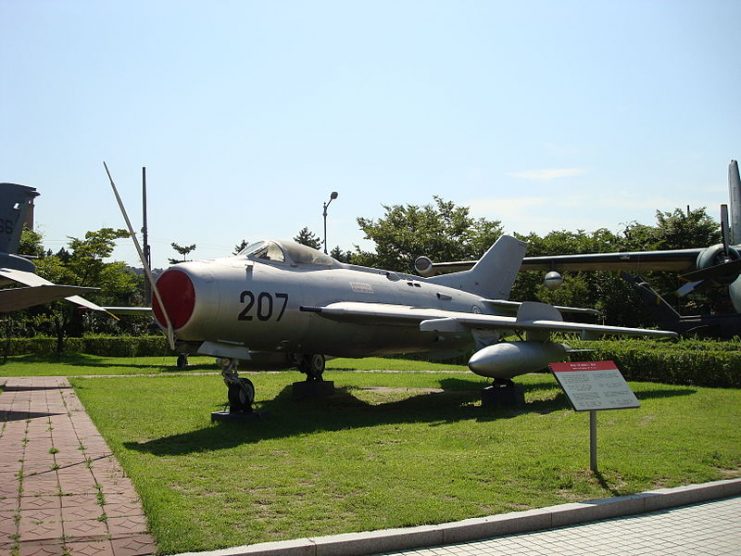
The MiG-19 would gain fame on July 1st, 1960 when one shot down an American Boeing B-47 Stratojet in international airspace over the Arctic. This sparked an international incident but also proved that the plane was capable of fulfilling its intended role. It had managed to outmaneuver the B-47, a model commonly used for reconnaissance and spying, and outclass it in combat.
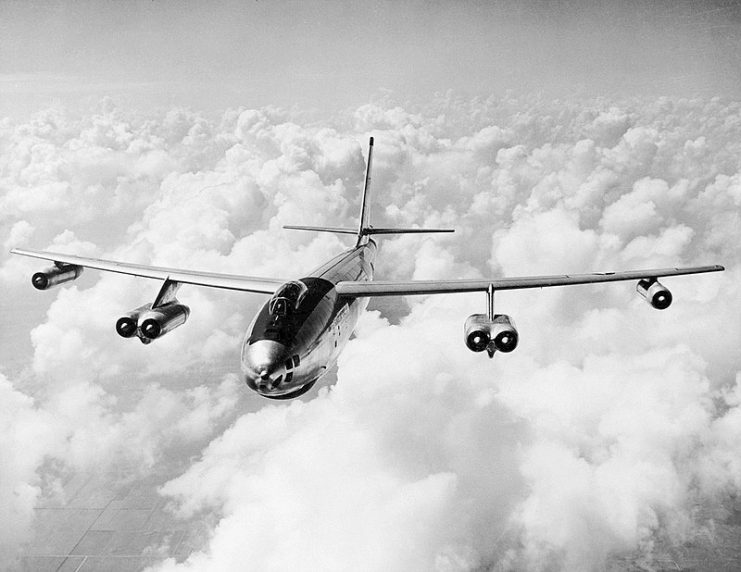
Although the B-47 only had a rear gunner, it still showed that the MiG-19 was able to fulfill anti-reconnaissance purposes and that’s its speed was an advantage. This was not to be the only international incident sparked by a MiG-19, as only four years later one shot down a United States Air Force T-39 Sabreliner which was being used as a training vehicle.
Although the Sabreliner was unarmed, it had gone off course into East Germany airspace before being shot down and had not responded to being hailed on American radio frequencies. Although the MiG-19 had shown that it could respond quickly enough to be useful in defense against potential spying, it would soon have to prove itself in real combat.
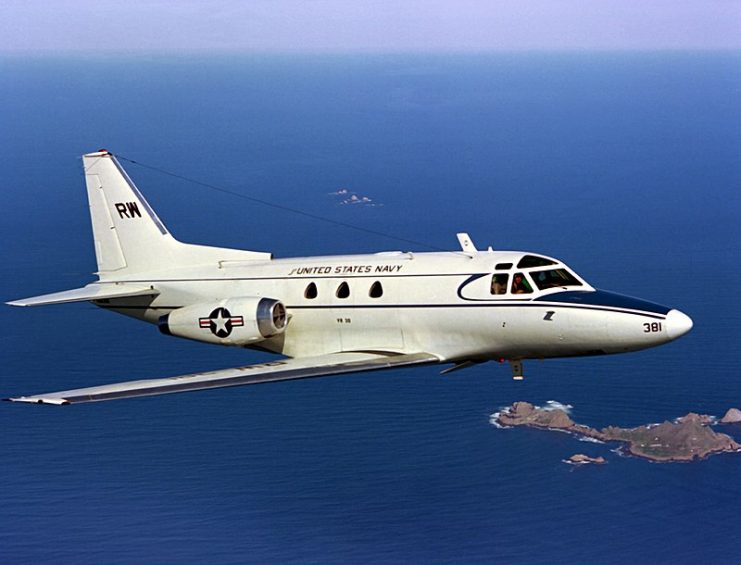
Throughout the Vietnam War, North Vietnamese forces made use of MiG-19s and its derivatives. Although the more famous, and well-regarded, MiG-21 was in service by 1969, the North Vietnamese were unable to procure enough for its planned airforce expansion.
As a result, they imported a Chinese built MiG-19 derivative called the Shenyang F-6. Pilots often had a relatively easy time transitioning to the MiG-19s from the MiG-17s and 21s as many had trained on them in the Soviet Union. These MiGs saw mixed results in Vietnam but were involved in several significant victories.
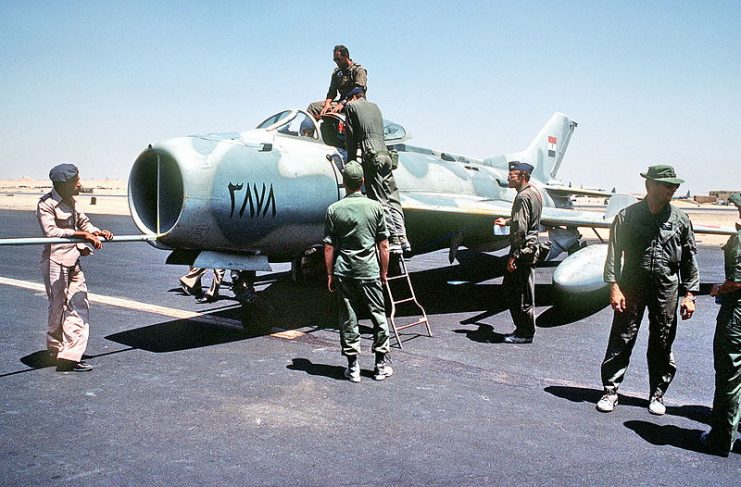
The first successful sortie for a MiG-19 against a U.S. Aircraft came in 1965 against an F-104C Starfighter. On that occasion, the MiG was able to strafe the U.S. Aircraft and the American plane went down before it could mount a counter-attack. By the end of the war, MiG-19s and its derivatives had six recorded kills against American planes, including A-6 Intruders and Phantom IIs.
One U.S. pilot remarked “like the MiG-17, it could easily out-turn the Phantom…and could out-accelerate the F-4”. The only armament the MiG-19 had was three 30mm cannons, but they caused more damage and fired ammunition quicker than the American planes they were up against, making them especially deadly at close range.
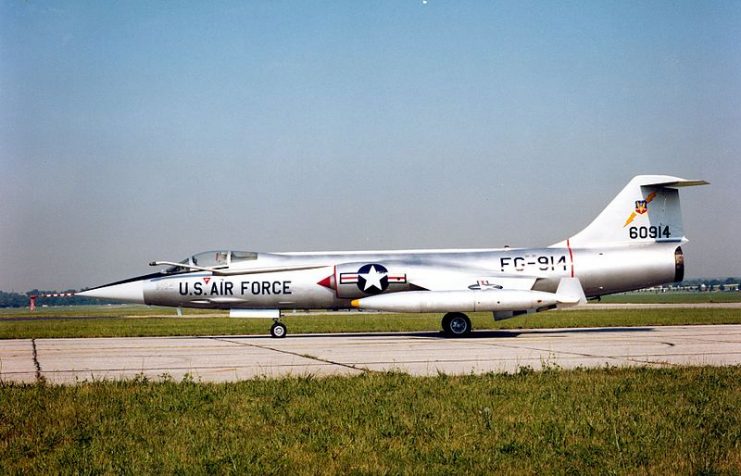
Reports of total MiG-19 kills and losses vary depending on the source, with Americans claiming that more MiG-19s were defeated by U.S. pilots than the number of U.S. Planes shot down by MiG-19s, while Russian and Chinese sources claim the opposite.
Today the MiG-19 is often overlooked compared to the MiG-15 and 21, but it holds a significant spot in Soviet history as their first supersonic fighter. Like many now outdated MiGs, the 19 saw a significant lifespan in second-rate airforces in developing counties, particularly in North Korea, Pakistan, multiple African countries, and several Middle Eastern nations.
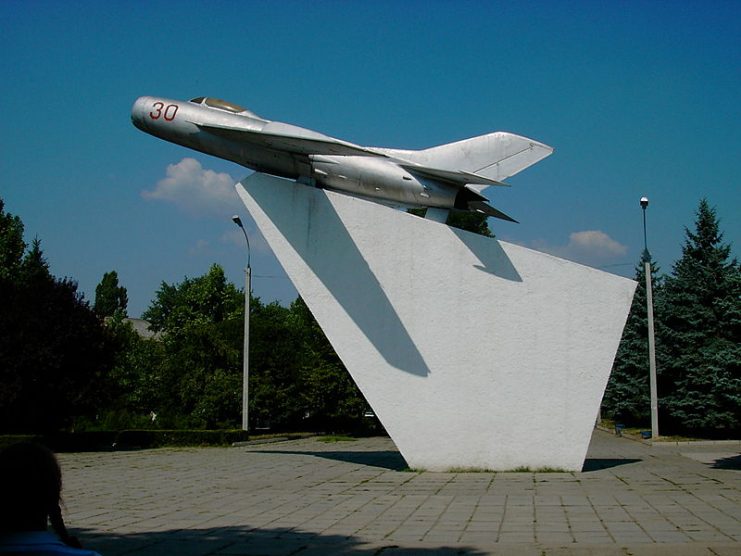
Read another story from us: When the Soviets Shot Down A U-2 Spyplane, The Cold War Turned Hot
Even today, a small number are still in use in North Korea, Myanmar, Iran, and Tanzania. Once the persistent problems with the MiG-19 became apparent, the Soviets soon began production on a replacement, the more famous MiG-21. The MiG-19 was a seriously flawed plane, but it served its purpose as a temporary answer to advancing fighter technology in Western nations.
